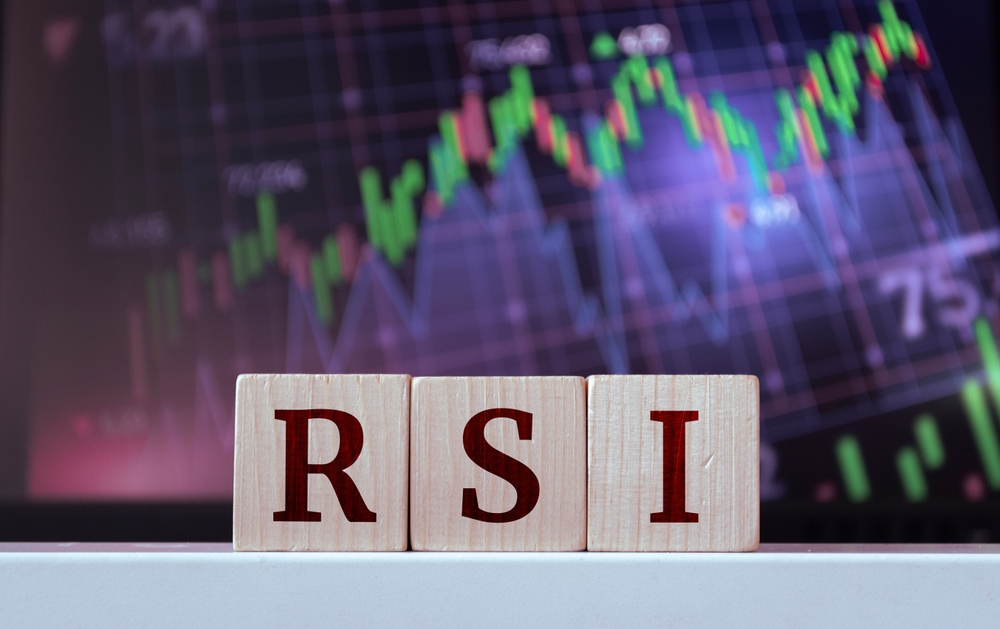Most traders use various indicators to predict price movement as well as identify accurate buy and sell entry points. This guide will focus on the Relative Strength Index (RSI) Indicator. We will teach you how it works and hope you will incorporate it into your technical analysis soon.
What’s RSI?
The Relative Strength Index is an indicator that measures the speed of a price movement. It also tells traders when a crypto asset is oversold or overbought. According to J.Welles Wilder Jr., the man behind the indicator, when the RSI indicator is above 70%, it means a cryptocurrency is overbought, and when it’s below 30%, then the digital asset is oversold.
It’s worth mentioning that there is no guarantee that a crypto asset’s price will immediately change direction when the RSI hits the oversold or bought regions.
Nonetheless, you can use the indicator to identify price trends. For example, if RSI crosses 50%, it suggests an upward trend or a bullish market, and when it falls below 50%, it indicates a downward trend or a bearish market.
RSI Vs. MACD
Moving Average Convergence Divergence (MACD) is worth discussing because many crypto traders use it along with RSI since both are momentum indicators. MACD is designed to measure the divergence of two EMAs (Exponential Moving Averages): a 26-period EMA and a 12-period EMA. There is also a 9-period EMA popularly known as the signal line. You can use it to determine short-term sell and buy signals.
Here’s how it works: you open a short buy position when the MACD indicator crosses above the 9-period EMA or sell when it crosses below that signal line.
But MACD and RSI can, at times, give contradictory signals. For example, an RSI could be in the oversold region, causing traders to think the token’s price might start falling, while MACD could still be indicating that the price has room to go higher.
What’s RSI Divergence?
In crypto trading, a digital asset may hit a new low or high, but the RSI indicator fails to reach a matching value. Such a scenario is known as an RSI divergence. It can be a bearish divergence, in which the RSI doesn’t confirm a new high, or a bullish divergence, where the RSI fails to confirm a new low.
Divergence and Convergence of Price and RSI
The divergence and convergence trends are the two essential trading signals that RSI provides. Traders use the signals to identify price trends as well as predict a shift in market trends.
An RSI convergence happens when the RSI and price graph move in a similar direction. On the other hand, RSI divergence is a situation where price rallies, forming higher highs, while RSI drops, forming lower highs. It usually occurs during bull markets and signals price reversal.
Failure Swings
Are you able to identify a trend reversal? If not, understanding failure swings can prove to be useful. But what are they? Failure swings happen when an RSI indicator does not reach the highest price attained in an uptrend (also known as failure swing top) or the lowest price hit in a downtrend (also called failure swing bottom). Traders perceive this as an indication of a reversal. In case of a failure swing top, traders usually open a sell position, and for a failure swing bottom, traders send buy orders to the market.
Mistakes to Avoid When Using the RSI Indicator
There is no doubt that when RSI is properly used, it can help a trader become successful. That said, here are the mistakes to avoid when you integrate RSI into your trading system. Firstly, do not sell when RSI falls below 40. Opening a sell position at this level is normally regarded as panic selling. Secondly, avoid buying when RSI goes above 70. That’s because the probability of a price reversal is high at this level.
How to Use RSI to Trade Crypto
Applying the RSI indicator to your crypto trading strategy is simple nowadays. Popular crypto exchanges such as Binance, Gate.io, and Bybit allow users to include various indicators in the price charts to help them conduct proper technical analysis. To use RSI, simply search for it in the “Indicators” section and then enable it.
Conclusion
Although it has its own flaws, the RSI indicator has constantly proven its importance in traditional financial markets and now in crypto trading. As a newbie, practice how to interpret the indicator on a demo account before using it to place live trades.
